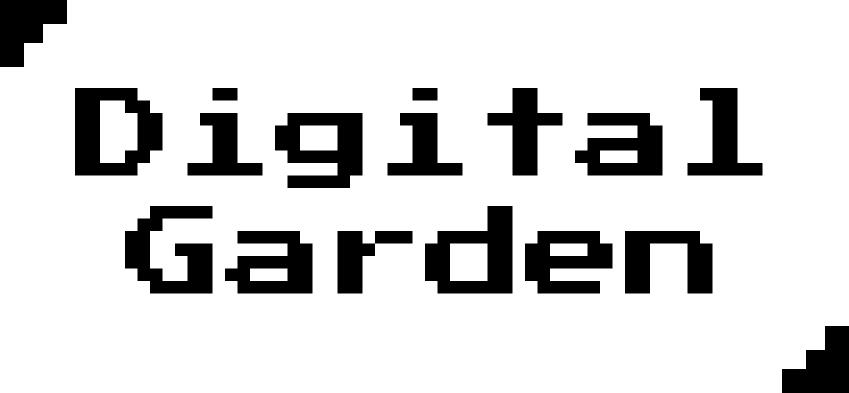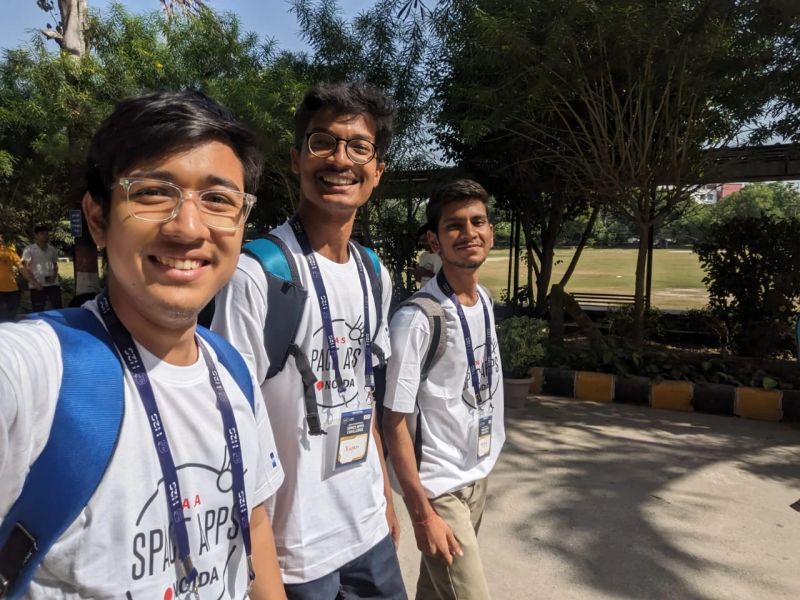From Knowledge to Impact - My Journey Through the K2A Online SDG Academy
Planted June 24, 2025

For three immersive weeks, I had the privilege of joining a diverse cohort of postgraduate students, researchers, and early-career professionals from across South Asia for the Knowledge2Action (K2A) Online SDG Academy. This wasn’t just another online course; it was a transformative experience designed to bridge the critical gap between academic research and real-world impact on the Sustainable Development Goals (SDGs).
Organized by the swissuniversities’ Cluster of Collaboration (CLOC)-Knowledge2Action in South Asia and supported by Swissnex in India, the academy delivered on its powerful promise: to turn knowledge into tangible action.

What is the K2A Academy?
The K2A Online SDG Academy is a dynamic online program focused on applying design thinking and other innovative skills to advance the SDGs in South Asia. It is a core initiative of Swissnex, the global Swiss network that connects the world with Switzerland in education, research, and innovation. By bringing together curious minds from countries like Bhutan, India, Nepal, and Sri Lanka with Swiss institutions like the HES-SO (University of Applied Sciences and Arts Western Switzerland), the academy creates a unique melting pot of ideas and perspectives.
The mission is clear and urgent: to tackle the deep social and ecological challenges in the region by equipping a new generation of leaders with the tools to translate knowledge into meaningful, sustainable solutions.
An Immersive and Multifaceted Experience
The academy’s curriculum was a masterful blend of theory, practical skills, and profound human connection. The journey was structured around several core components:
- Thematic Lectures: We dove deep into critical SDG-related topics with leading experts. Lectures on Biodiversity by Dr. Milind Bunyan, Climate Change by Dr. Veruska Muccione, and Waste Management by Prof. René Véron provided a robust academic foundation for our work.
- Dynamic Skill Workshops: This is where theory met practice. We learned to solve complex challenges in a hands-on Design Thinking Workshop with Wolfram Thurm, explored innovative community engagement through a Gamified Waste Management session with the team from Sensing Local, and even discovered the power of storytelling and self-awareness in a vibrant Theatre Workshop by the Tahatto Collective.
- Voices from the Field: One of the most grounding aspects was hearing directly from farmers and grassroots researchers, reminding us that wisdom doesn’t only reside in lecture halls.
- Inspiring Initiatives: We were introduced to a host of unique organizations driving change on the ground, including Phool.co, Paani Earth Foundation, and Jan Sahas.
Putting Theory into Practice: The Final Assignment
The culmination of our learning was a 1,000-word reflective essay. The prompt was to choose one key thematic lecture and one skill or tool from the academy, and reflect on how this combination could be applied to advance research-to-action in our own field.
For me, the choice was clear. As a computer science student deeply engaged with the rise of AI and my work in internet governance, I chose to combine the thematic lecture on Climate Change with the skill of Design Thinking. The increasing energy and water consumption of large-scale AI models is a critical issue at the intersection of my professional interests and our planet’s health. My essay, “Designing a Sustainable Digital Future,” explored this nexus. I delved into the environmental impact of data centers in the Asia-Pacific region and, using the design thinking framework, prototyped ideas for how we could foster sustainable innovation—from organizing student hackathons focused on creating energy-efficient AI models to developing interactive workshops for policy-makers on e-waste.
A Deep Dive into the Design Thinking Process
To truly illustrate the power of the design thinking methodology we learned, I want to share a practical case study we workshopped: tackling climate change challenges in the Arctic. This exercise demonstrates how we moved from a complex problem to a tangible, human-centered solution.

Step 1: Defining the Problem Space (Empathize & Define)
We began by mapping out the landscape on a “sticky note” board, breaking down the problem into core components:
- Existing Data: Arctic amplification is causing sea ice to melt at unprecedented rates, impacting wildlife like polar bears whose habitats are shrinking.
- Audience: We identified key stakeholders: Indigenous Peoples who rely on sea-ice for hunting, commercial fisheries facing stock collapse, and scientists who need accurate data.
- Constraints: We faced political hurdles like unclear jurisdiction, societal challenges like divergent community priorities (e.g., resource extraction vs. conservation), and technical gaps like sparse monitoring in the vast Arctic.
Step 2: Ideation with “How Might We”
With a clear understanding of the problem, we reframed the opportunities into “How Might We” (HMW) questions to spark creative solutions. Instead of a narrow question, we aimed for one that was broad enough for creativity but focused enough for action. The strongest one that emerged was:
How might we empower community members to collect and share coastal-ice observations using simple, offline-capable tools so that we can build a real-time picture of sea-ice dynamics?
This question is powerful because it centers on a specific user (community members), a clear action (collect & share data), and a desired outcome (a real-time picture of sea-ice dynamics).
Step 3: Rapid Prototyping with the “Crazy 8s”
We then used the “Crazy 8s” technique—sketching eight ideas in eight minutes—to rapidly brainstorm variations of our core concept. This pushed us beyond the obvious and generated a wealth of possibilities:
- SMS-Based Reporting: Users text ice conditions via simple codes.
- Interactive Voice Response (IVR): A call-in system for those with low literacy.
- Offline Mobile App: An app that stores data locally and syncs when a connection is available.
- Community Workshops: Training local “digital stewards” on data collection.
- Solar-Powered Kiosks: Data entry points in strategic community locations.
- Gamified Data Collection: A points system to encourage youth participation.
- Integration with Traditional Knowledge: Combining scientific data with Indigenous wisdom.
- Visual Storytelling Platform: A place for community members to share photos and stories related to ice conditions.
Step 4: Creating a Solution Storyboard: “ICEWATCH”
Finally, we synthesized the strongest ideas into a clear, 6-step storyboard for a solution we named ICEWATCH.
- Community Notices Changing Ice: Local fishers, elders, and youth observe unsafe, melting ice but have no formal way to report it.
- Open the ICEWATCH App or SMS: A user opens a simple app or sends a text to report location, date, and ice conditions, even if offline.
- Data is Stored, Then Shared: When internet is available, the data syncs to a central platform.
- Local Hubs Display Data Visually: Solar-powered data hubs in villages show maps of local ice conditions, making the information accessible to everyone.
- ICEWATCH Community Meetups: Monthly meetings are held to discuss findings, safety trends, and recognize community contributions.
- Policymakers & Scientists Access Data: Experts use the community-validated data to study climate trends and create better safety policies.
This structured process, from understanding the problem to storyboarding a complete solution, was the most valuable takeaway from the academy. It provided a repeatable blueprint for turning complex challenges into actionable, community-focused projects.
Personal Reflections: A Journey of Connection and Discovery
Anchoring and coordinating parts of this program over the last four years has been a humbling and inspiring experience, but this year felt particularly special. The cross-pollination of ideas among participants from different nations, disciplines, and backgrounds was electric. We crossed borders and boundaries to listen, share, and build together, creating a powerful network of changemakers. The academy reinforced a crucial lesson: the most profound and sustainable solutions are often rooted in community wisdom and local cultural practices.
A Heartfelt Thank You
This incredible experience would not have been possible without the vibrant participants, the generous collaborators, and the phenomenal organizing team. A special thanks to Prof. Swetha Rao Dhananka, Dr. Lena Robra, Bhargavi S. Rao, and Prajwala Ravikrishna at Swissnex in India for their vision and tireless support.
The Knowledge2Action Academy is more than just a program; it is a community, a catalyst, and a powerful reminder that when we bring diverse voices together with a shared purpose, we can truly create a more sustainable and just world.















